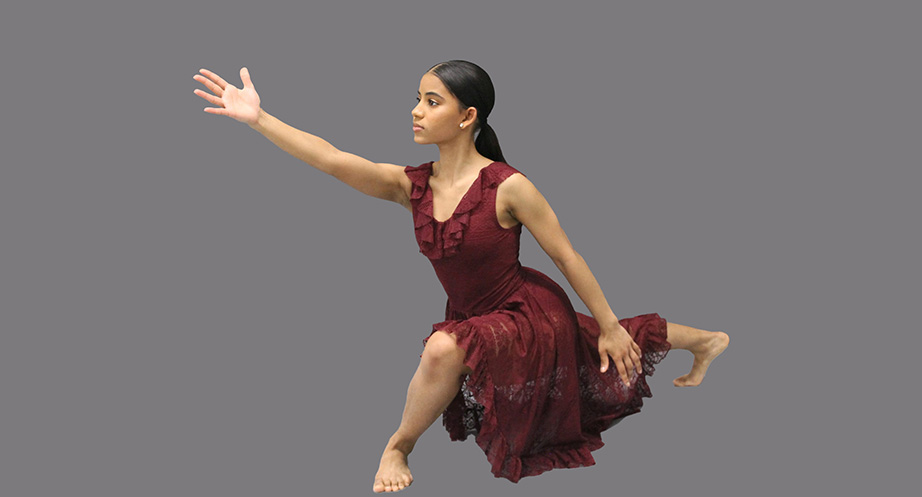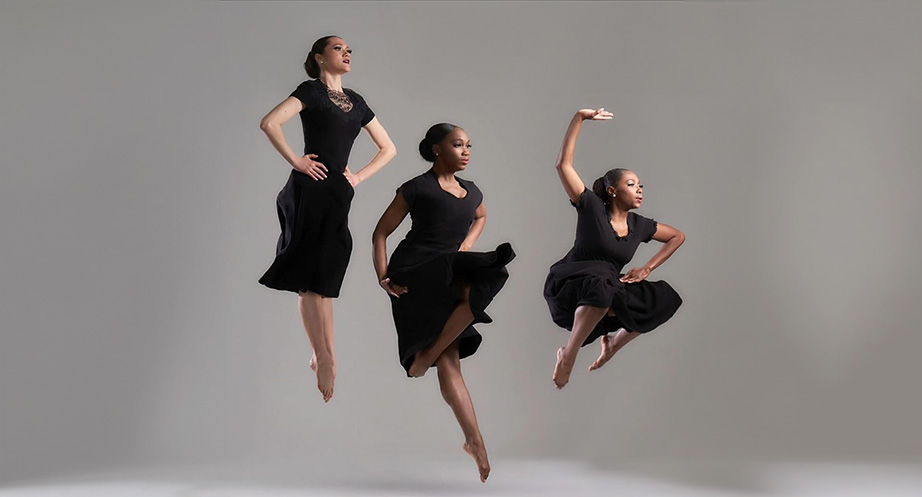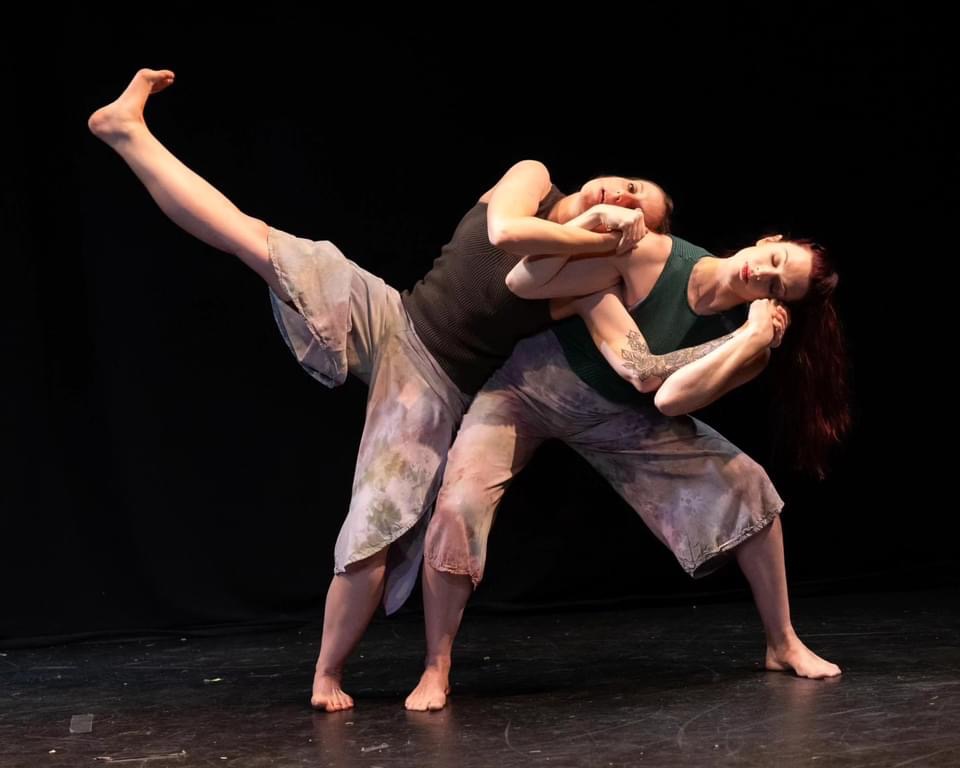
ASK AMY SMITH
by Amy Smith for The Dance Journal
This column in the Dance Journal seeks to improve the financial literacy of dancers and artists in all creative disciplines, so that they may develop sustainable practices and further expand the reach of their creativity. Questions for Amy may be mailed to [email protected] for consideration.
As an independent dancer/teacher/choreographer, I was told that come tax time, I can deduct quite a few expenses when I go to file my taxes. However, I am just not sure what would qualify and I am afraid if I declare something wrong that I could get an audit. Where can I find what is allowed or not? Especially for items like costumes, dance classes, rehearsal space, travel, in home office expenses, etc?
Dear Deducter,
Yes, you are correct. As an independent/self-employed/sole proprietor person, you are able to deduct any expenses that are “ordinary and necessary” (those are the IRS terms) to your line of work. The way it works is that all your 1099s and any other income you made as a self-employed person goes on to your Schedule C as income, and then any expenses you had are deducted, leaving only a net profit or loss from self-employment to be taxed (or not if you have a net loss). Everything you listed would qualify, and remember that you are the expert on what expenses are ordinary and necessary for your life as an artist. Your chances of being audited are miniscule, but as long as you keep good records (and keep receipts for large purchases) you have nothing to worry about even if you are audited.
I run a small non-profit (501 c 3) dance company. This is our first year in operation. What do you recommend is the best way to keep track of our finances for reporting – not only for taxes but also for grants and things like the Cultural Data Project. I am also confused as to which tax form/s I need to file at the end of the year, can you provide any guidance so I can get started correctly?
Dear Best Intentions,
I wish you had written to me BEFORE going and getting the 501c3! Yes, you are now able to apply to some foundations (very few in Philly) that will only fund non-profits. But the flip side is the compliance that is now required. I’ve seen several small non-profits either lose their status or get into trouble with the IRS for non-compliance. So first of all, please educate yourself about all of the reporting requirements. Go to irs.gov and the PA Bureau of Charitable Organizations website. And here is a brief overview. If your 501c3 has a budget of less than $50,000 annually, you can file the 990-N “postcard” form with the IRS, and you have the option of minimal financial reporting to the PA BCO. Over $50,000 the reporting requirements get much heftier. Either way, I strongly recommend Quickbooks, which is the industry standard for accounting software. Use the CDP income and expense lines as your basis for your own chart of accounts, and then the transfer of data into the CDP will be easy (that’s what I did with Headlong’s chart of accounts, and I’m so glad I did). Oh, and one more thing. If you can, attend one of Dance/USA Philadelphia’s Financial Literacy workshops to have more questions answered.
During the year, I stage performances with my dance company, utilizing a variety of dancers in the region. I was told that I need to file a 1099-MISC form for anyone that I paid during the year. Is this true? And what exactly is this form and how do I file it? Is it like a W-2 that I get from my regular job? What is the difference? How does this affect my taxes?
Dear Confused,
If I had a magic wand I would cast a spell so that everyone magically understood 1099s. Yes, it is true anyone that you paid more than $600 in the calendar year needs a 1099-MISC from you. It doesn’t matter if you have a 501c3 or LLC or you are yourself a sole-proprietor. They are available free from the IRS website or at the Federal Building at 6th and Arch, or if you like wasting money, you can buy them at Staples. It’s a quintuplicate form: you send a copy to the payee, one to the City, one to the State, one to the IRS (actually the Social Security Administration) and keep one. You use the transmittal form 1096 to send it to the SSA. A 1099 is much simpler than a W2 because no taxes have been withheld. It only reports your name, address and SS#, your dancer’s name, address and SS# and the total amount you paid them in the year on box 7. The way it affects your taxes is that you can deduct the amounts you paid to your dancers as “Contract Labor” on your own Schedule C (see above).
I have a small space in the basement of my home that I set up for my own dance practice – floor, mirrors and a barre. Nothing fancy, but it lets me practice and work on choreography when I cannot get in to the studio. I was told this could be a tax deduction at the end of the year, but I have no idea if that is allowed and even what amount would be deducted. Any advice?
Dear Home Studio,
Absolutely. Your home studio and/or home office are “ordinary and necessary” for your work as an artist, so they are deductible. Here’s how it works: You estimate the square footage of your studio and divide it by the square footage of your whole house or apartment. Then you will use that percentage on form 8829 (which augments your Schedule C) to calculate how much of your rent, utilities and renter’s insurance you can deduct. Whatever you spent on the studio itself (the mirrors, the barre, etc.) is fully deductible and you don’t need to use the percentage (these expenses are called “direct expenses” as opposed to “indirect expenses” like rent in IRS parlance). If you are a homeowner, the calculations get a little more complicated because you are likely taking a portion of your mortgage insurance and homeowner’s insurance on your Schedule C and the rest on Schedule A, but don’t let that stop you from doing it. The key numbers you need before you start tax prep are: square footages, mortgage interest, homeowner’s insurance, utilities totals, and property taxes. Now go downstairs and do some tendus!
——————–
The information provided on this site and accompanying material is for informational purposes only. It should not be considered legal or financial advice. You should consult with an attorney or other professional to determine what may be best for your individual needs. Neither PhiladelphiaDANCE.org, The Dance Journal or Amy Smith does make any guarantee or other promise as to any results that may be obtained from using this content. No one should make any investment decision without first consulting his or her own financial advisor and conducting his or her own research and due diligence. To the maximum extent permitted by law, PhiladelphiaDANCE.org, The Dance Journal or Amy Smith disclaims any and all liability in the event any information, commentary, analysis, opinions, advice and/or recommendations prove to be inaccurate, incomplete or unreliable, or result in any investment or other losses.Content contained on or made available through the website is not intended to and does not constitute legal advice or investment advice and no attorney-client relationship is formed. Your use of the information on the website or materials linked from the Web is at your own risk.
- You Are Not Alone – Thoughts On Coping with Financial Uncertainty in a Pandemic - April 5, 2020
- Ask Amy – Budgets to Bookeeping - May 18, 2014
- Ask Amy Post Tax Season Edition - April 17, 2014





